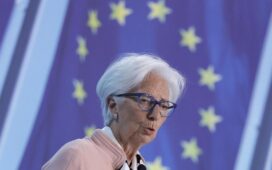What’s going on here?
The US dollar dipped by 0.3%, trading at 160.285 yen on Friday, after new inflation data suggested a potential shift in Federal Reserve policies.
What does this mean?
The US dollar has been on an upward trajectory, recently hitting a 38-year high of 161.27 yen, driven by significant interest rate differences between the US and Japan. However, the release of moderated inflation data, with the PCE price index remaining stable in May and showing a yearly increase of 2.6%, down from 2.7% in April, has altered market expectations. The likelihood of the Federal Reserve cutting interest rates this year has increased, with Fed funds futures indicating a 67% chance of at least one rate cut by September. This adjustment hints at the economy moving towards a more sustainable pace, as noted by the Chief Investment Officer at BMO Family Office.
Why should I care?
For markets: Navigating new monetary waters.
Investors are closely watching how the Federal Reserve’s next moves impact market dynamics. The US dollar’s sensitivity to Treasury yields is evident, with a 1.9% monthly gain against the yen reflecting this. With moderated inflation reducing the urgency for aggressive rate hikes, markets are anticipating a more stable and predictable monetary policy.
The bigger picture: Global currencies in flux.
The dollar’s performance against other major currencies tells a broader story of global economic shifts. The euro, influenced by political uncertainties in France, fell 1.3% in June, marking its biggest monthly drop since January. Meanwhile, stability was observed in the dollar’s exchange rate with the Swiss franc and sterling. These movements highlight the interconnected nature of global markets and the impact of macroeconomic indicators on currency valuations.





